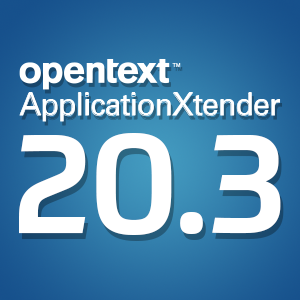Harnessing the power of business process management
Tuesday, September 10, 2013For many organizations, business process management (BPM) is viewed as an undertaking with a definitive beginning and end, but to truly reap the benefits that the approach has to offer, it should be regarded as more of a continuous improvement methodology.
So says Theo Priestley, chief technology evangelist at Software AG, speaking to Computer Weekly.
"You perform a process every day and you have to think about how you can change it and improve it continuously, as the world is changing every day," he told the news source.
However, the different – and often conflicting – perceptions of BPM that are out there are muddying the waters, causing some executives to balk at the idea of optimizing their business operations using the strategy.
"Some CIOs see it as a means to document processes," said Priestley. "Others want to improve compliance and transparency of process, streamlining and cost efficiencies."
Document imaging an important part of BPM
For organizations reliant on paper-based systems, document imaging can yield nearly immediate benefits – especially in the cases of entities with more than one geographic location, or those with manual filing systems that leave a lot to be desired. The efficiency gains quickly offset the costs and disruption of upgrading, and in the long term, the more streamlined document management routines can save countless hours – not to mention dollars.
In a recent piece for FCW: The Business of Federal Technology, John Harris, CIO of the National Institute of Mental Health, offered some advice for firms eager to kick off BPM on the right foot but unsure where to begin.
"Start with some of the easier processes first," he recommended, as quoted by the news source.
Bolstered by the experience and knowledge they gained when implementing these simpler process fixes, employees can then tackle more complex tasks, such as eliminating or fusing extraneous components of multi-step processes.
But attaining true success with BPM involves more than just what you do – it's how you approach doing it.
"For a CIO, it's about getting away from project mentality, from cost-efficiency mentality and to actually start thinking of BPM as a way to enable your business to be more reactive, proactive or adaptive to the changing conditions that are out there," Software AG's Priestley told Computer Weekly.
Brought to you by Image One Corporation, providing complete information governance since 1994.




